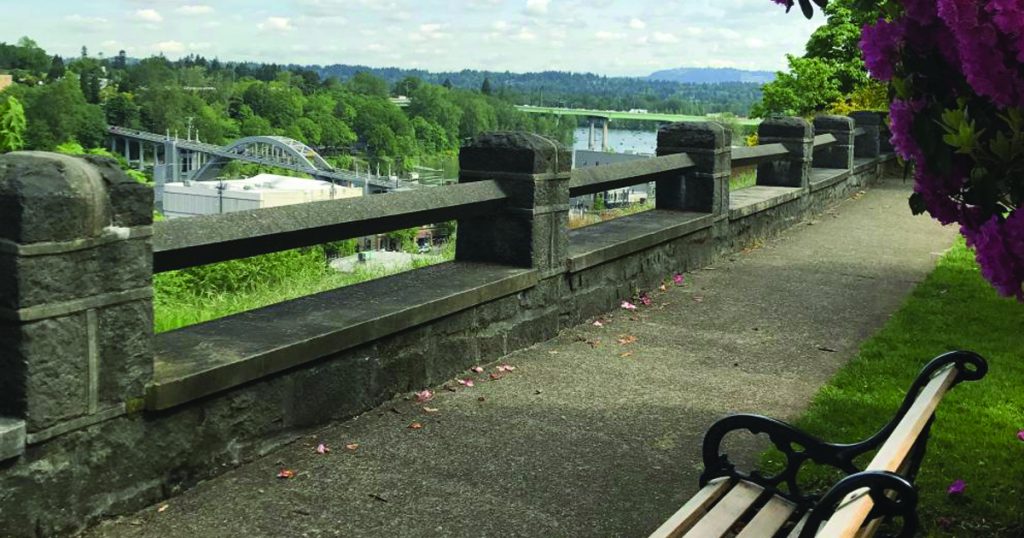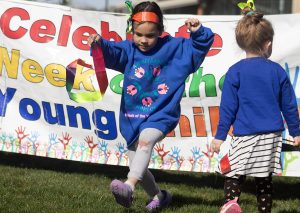OREGON CITY – The Confederated Tribes of the Umatilla Indian Reservation (CTUIR) and Oregon City have worked together for three years on a project to honor five Cayuse men who were unjustly taken into custody, charged, and hanged for the death of missionary Marcus Whitman in Oregon City Territory in 1850.
According to CTUIR historians, Whitman was suspected of coveting Cayuse lands and poisoning Cayuse people by spreading disease.
“He’d promised not to bring over settlers across the Oregon Trail and, in fact, he went and hired himself out to be a guide,” former tribal Communications Director Charles Sams told MYNorthwest in a November 2022 interview. Further, Sams said, failing to make an ill person well had dire consequences in tribal culture. “Just like any malpractice that happens today, doctors at that time were punished …and under Indian law, your punishment if you had malpractice would include up to your life.”
According to Bobbie Conner, Director of Tamástslikt Cultural Institute, Whitman was made aware of the fatal consequences for medicine men who failed to heal their Cayuse patients by Samuel Parker at the Green River Rendezvous in 1835, the year before the doctor went to the Walla Walla Valley to establish the Mission. Over the next 11 years, he would be warned by Hudson’s Bay Company’s John McLoughlin, elderly Cayuse headman Istikucs, and many others that he could die for failing to cure. He wrote to the American Board of Foreign Missions in 1842 and noted his awareness of this potential outcome as he was returning from the east to the Whitman Mission. He and his wife Narcissa were well aware of the risk they faced by staying at the Mission.
During the fall of 1847, a particularly lethal strain of measles brought in by settlers killed many Cayuse. As a physician, Whitman tended to settlers and the local Cayuse who, through tribal custom, came to view Whitman as culpable for the deaths.
In November 1847, a band of Cayuse men descended upon the mission, leaving Whitman, his wife, and 11 others dead. Following Whitman’s death, a militia formed and launched what came to be known as the Cayuse War.
Significantly weakened by the measles epidemic, the tribe then suffered from the effects of a law passed in the immediate aftermath of the Mission deaths. The law prohibited the sale of powder and lead to all tribes in Oregon country and with only limited supplies of ammunition for hunting game, many went hungry.
In 1848, delegates from Columbia River Plateau tribes approached Oregon Indian Affairs Superintendent Joel Palmer, one of three Peace Commissioners appointed by the territorial government, seeking peace.
“Many of the representatives speaking to the Peace Commission were relatives of the men accused of killing the Whitmans. They noted then that some of the accused were already dead,” Conner said. “According to tribal oral histories, these five men volunteered to travel and share what they knew of the events at the Mission and the subsequent impacts of the volunteer militia on the entire Cayuse and other tribal populations. They were willing to tell what they knew of the event to end the war. The bloodshed added to the toll from the epidemic and threatened the very existence of the remaining Cayuse.”
The Five, accompanied by two other Cayuse headmen, presented themselves to federal officials. They were shackled by federal troops who took them to Oregon City, which was then the capital of the Oregon Territory, where they were tried, convicted, and executed in a public exhibition. In their statements, the Cayuse Five asserted their innocence and only came to federal officials to recount what they knew of the deaths at Whitman Mission.
The names of the five men who volunteered to talk about the killings that occurred at the Whitman Mission in 1847 were: Tiˀílakaˀaykt, ˀIceyéeye Siléqis, Koyomá Šamqíin, Tamáhas and ƛókomooc. (These Cayuse and Nez Perce names are represented with standard Americanist symbols.)
Starting in 1991, CTUIR Board Trustee Armand Minthorn worked with former Oregon City Mayors Dan Fowler and Alice Norris on ways to commemorate the five men. Subsequently, CTUIR Trustee Átway (late) Les Minthorn, who carried the family name Koyomá Šamqíin, told at least two Oregon City groups that had approached the CTUIR with ideas of reconciliation and dramatic re-enactment that what the CTUIR most wanted was “to find our ancestors and bring them home for proper burial.” Both Minthorns descend from the families of the hanged men.
“It’s important that we remember all aspects of our history, not just the pleasant parts,” said Oregon City Mayor Denyse McGriff. “I’m pleased that we have been able to partner with the Confederated Tribes of the Umatilla Indian Reservation to create a memorial that pays respects to these five men in a manner they find appropriate and ensures the men are never forgotten.”
The tribute will include a historical interpretive panel and boulder. A plaque on the boulder will present a hopeful message that the burial location of the five men may be found. Efforts to identify the graves are ongoing but are challenged by conflicting historical accounts of the location and changes in the infrastructure and landscape over time.
“Honoring these five men in this way reflects our love and respect – for ancestors who made sacrifices so we could be here, for the leaders who made this tribute possible, and for those who carry on the work our elders directed us to continue,” said Toby Patrick, CTUIR Board of Trustees Member at Large and Cultural Resources Committee Chairman.
The project site is on the McLoughlin Promenade, a 7.8-acre linear park overlooking the historic location of their public hanging near Willamette Falls. The site’s proximity to the places where the men were detained, tried and hanged is of great importance to the CTUIR and was carefully considered by Oregon City officials in the selection process.
In 2021, the Oregon City Commission approved funding to construct the tribute project. Construction began May 6 and a dedication is planned for June.




